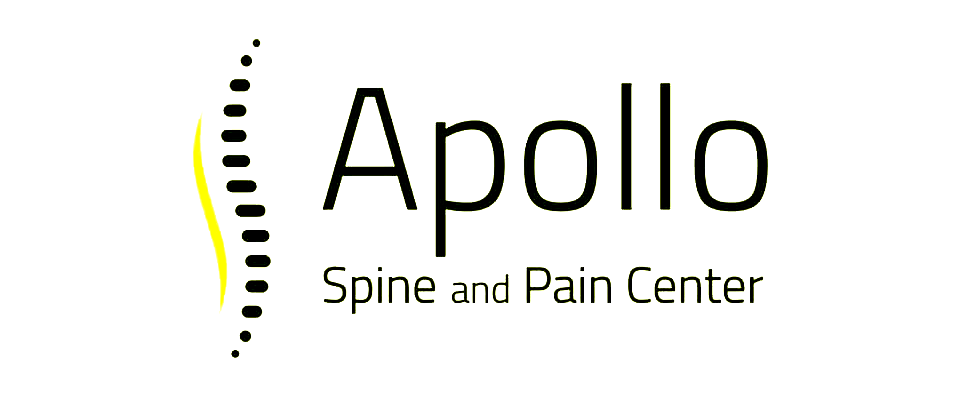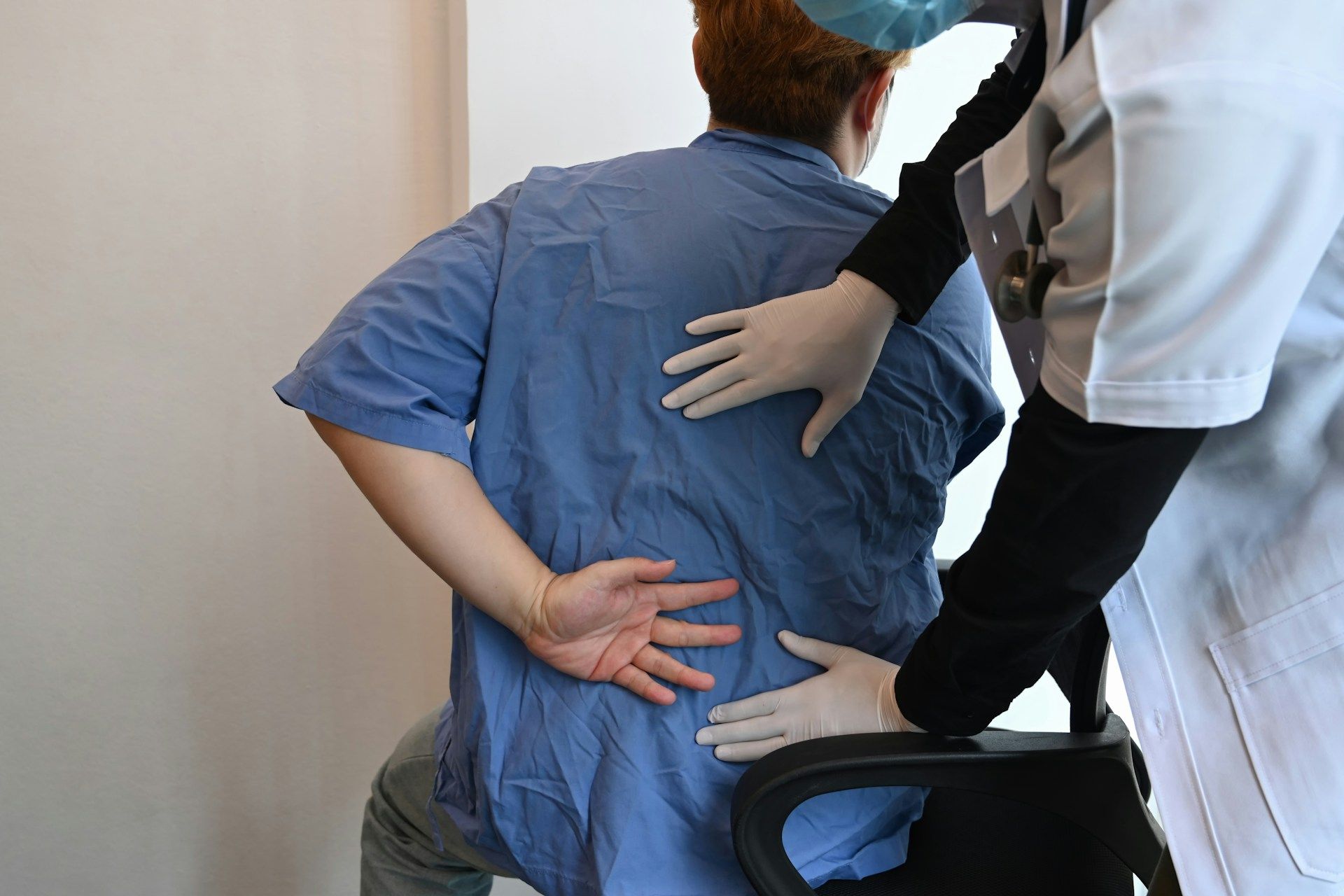Treatment Options for Spasticity
Spasticity is a condition where muscles are continually contracted, causing stiffness or tightness that can affect movement and speech. It often results from damage to nerve pathways in the spinal cord or brain, commonly associated with conditions like multiple sclerosis, cerebral palsy, stroke, or traumatic brain injury. Understanding spasticity is key to managing its effects on everyday life.
This condition can significantly impact daily activities, making simple tasks much harder. People with spasticity may have trouble walking, writing, or even speaking clearly. Muscle tightness can also lead to discomfort and pain, making it crucial to address these symptoms effectively. Early recognition and management can prevent complications and improve quality of life.
There are various treatment options available to help reduce the impact of spasticity. From physical therapy and medications to advanced medical interventions, a tailored approach can ease symptoms and improve function. Exploring available therapies can pave the way for better mobility and comfort in daily life.
Understanding Spasticity
Spasticity is a condition characterized by increased muscle tone, resulting in stiffness and involuntary spasms. This happens when communication between the brain and muscles is disrupted due to damage in the central nervous system. As a result, muscles may be continuously contracted, leading to difficulties in movement and coordination.
Several neurological disorders are known causes of spasticity. Conditions such as multiple sclerosis, cerebral palsy, and stroke often lead to spasticity due to the damage they cause in the brain and spinal cord. Traumatic injuries to the brain or spinal cord can also result in similar disruptions. In these cases, the nerves struggle to send and receive messages accurately, causing muscles to overreact or not relax properly.
The impact of spasticity on daily life is profound. Individuals may face challenges with simple tasks, like dressing or walking, due to muscle stiffness and spasms. Over time, the strain on muscles can increase fatigue and discomfort. It may also cause long-term issues such as joint or bone deformities if not managed properly. This highlights the importance of effective treatment options to improve mobility and reduce discomfort, enabling people to live more independently and with less pain.
Identifying Symptoms and Triggering Factors
Recognizing the symptoms of spasticity is vital for managing the condition effectively. Common symptoms can vary but include:
- Muscle tightness and increased resistance to movement
- Involuntary muscle contractions or spasms
- Pain or discomfort in affected muscles
- Abnormal positioning of limbs due to prolonged muscle contraction
These symptoms can range from mild to severe and may occur in different parts of the body. Identifying them early can help in seeking appropriate care and minimizing long-term effects.
Several factors can trigger or worsen spasticity. These include sudden changes in temperature, infections, and stress. Physical triggers such as heavy lifting or exertion can also escalate symptoms. Understanding these triggers is essential for managing spasticity on a daily basis, as avoiding them can help reduce the frequency and intensity of symptoms.
Recognizing these symptoms and triggers is important in managing spasticity effectively. Early intervention and understanding of the condition can lead to better treatment outcomes, allowing individuals to maintain higher levels of activity and comfort in their lives.
Non-Surgical Treatment Approaches
For managing spasticity, non-surgical treatments play a crucial role. Physical therapy is often at the forefront, providing exercises that help stretch and strengthen muscles to improve flexibility. Regular stretching routines can significantly reduce muscle tension and improve range of motion. Tailored therapy plans may include exercises focusing on posture, balance, and relaxation techniques to ease stiffness.
Medication management is another effective approach. Common medications include muscle relaxants like baclofen and tizanidine, which help reduce muscle tightness and spasms. These medications can be taken orally or administered through a pump directly into the spinal fluid for more severe cases. It is important to consult with a healthcare provider to find the most suitable medication regimen, as they can adjust dosages based on individual needs and response.
Alternative treatments are also gaining popularity in managing spasticity. Acupuncture, for example, may help alleviate symptoms for some people by promoting relaxation and improving circulation. Orthotic devices, such as braces or splints, can support affected limbs, providing stability and preventing contractures. These non-surgical methods offer flexible strategies for individuals seeking relief from spasticity while maintaining an active lifestyle.
Advanced Medical Treatments and Innovations
Innovations in medical treatments provide promising options for those struggling with spasticity. Nerve block injections offer targeted relief by interrupting nerve signals that cause muscle contractions. Botulinum toxin therapy, commonly known as Botox injections, helps relax overactive muscles. These treatments are typically used for more localized spasticity, offering significant reduction in muscle stiffness and pain.
Regenerative medicine, including platelet-rich plasma (PRP) therapy, is an exciting area of development. PRP therapy uses components from a patient's own blood to promote healing and reduce inflammation, potentially improving muscle function and reducing spasticity. While still in research phases, the early outcomes show promise for incorporating regenerative techniques into standard treatment plans.
Emerging treatments and ongoing research continuously expand the options available. Scientists are exploring new medications and techniques that target the root causes of spasticity, aiming for more effective and lasting solutions. Advancements in technology also pave the way for innovative therapies, offering hope of improved outcomes and a better quality of life for those affected.
Conclusion:
Effectively managing spasticity involves a comprehensive approach that incorporates both traditional and advanced treatment options. Non-surgical methods, such as physical therapy and medication, provide a solid foundation for daily management, helping to reduce symptoms and improve mobility. Meanwhile, advanced medical treatments and ongoing research offer innovative solutions that enhance patient outcomes and pave the way for a brighter future.
Understanding the variety of treatments available enables individuals to make informed decisions about their healthcare strategy. With careful assessment and a personalized treatment plan, it is possible to significantly alleviate the challenges posed by spasticity. Continued research offers hope for the development of even more advanced therapies, ensuring that patients receive the most effective care possible.
If spasticity is affecting your daily life, contact Apollo Spine and Pain Center. Our team of experts can help guide you through the available treatment options tailored to your needs, aiding you in finding relief and improving your quality of life. Contact us today to explore how our
pain management intervention can support your journey to better health.












